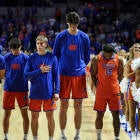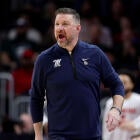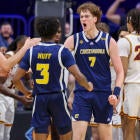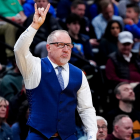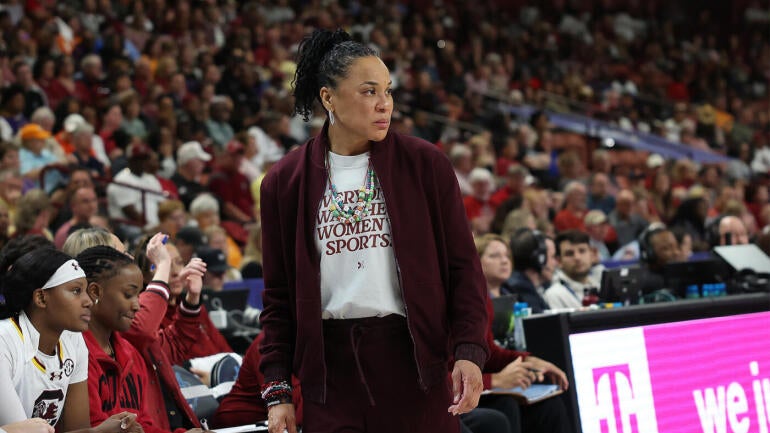
Jeff Walz loves where the women's college basketball game is right now.
As one of only four active coaches who have made four Final Fours — Dawn Staley, Geno Auriemma and Kim Mulkey the others — the Louisville women's basketball coach has seen the game grow more competitive as more universities prioritize and invest in the sport.
Since 2015, six different programs have won national championships, with UConn and South Carolina the only multi-winners. He's appreciative of the accompanying national media attention and social media discussion around the women's game as TV ratings have skyrocketed in recent years. Buoyed by the Caitlin Clark bonanza, last year's title game between Iowa and South Carolina drew in a massive audience of 18.9 million viewers, the most-watched basketball game (men or women) since 2019.
If there's a concern, though, it is how the impending NCAA v. House settlement could impact the investment individual schools pour into women's college basketball, and ultimately, how that affects the sport overall.
"We've worked so hard in the 30 years I've been involved in getting parity in the game. When I first got in everybody played it but you had only eight, nine schools that truly had a chance to get to a Final Four," Walz told CBS Sports. "Now, I truly believe it's 20, 25 depending on the year. I just wonder if it's going to be like, 'Hey the ones who can afford this are going to be the ones who get the players.'

At schools like Louisville and elsewhere around the country, there is an internal battle for resources brewing. In some ways coaches have always jockeyed against each other for resources, from travel budgets to facilities upgrades to coaching salaries, but never has it been quite as competitive as under the $20.5 million budget athletic directors will have to disperse if the House settlement is approved (possibly as early as next Monday).
A dollar extra for football means a dollar less for men's or women's basketball. It puts athletic directors in an uncomfortable position, forced to determine what is most important with the knowledge any choice they make is going to hurt feelings.
At Duke, athletic director Nina King has to weigh a blueblood men's basketball program that is in the Final Four, a football program that went 9-4 last season under Manny Diaz with the potential for even greater success and a women's basketball program under Kara Lawson that won the ACC this year and made the Elite Eight. It's a great problem to have, one that many ADs in less fortunate situations would love to have, but a problem nonetheless.
"All three of those coaches asked me for a lot more than we can provide for them," King told CBS Sports
So what does the Duke AD do?
"They all three didn't get what they wanted," she says.
King, though, believes that Duke has numerous advantages beyond compensation that will allow it to maintain its success in all three sports.
The math gets especially tricky for schools that want to excel at multiple sports. In the Big Ten and SEC, approximately 75 to 80 percent of the revenue share is going to football. That does not leave a lot left for other programs like men's basketball, women's basketball, baseball and softball. College baseball, for instance, is a huge deal in the SEC — the conference has won the last five College World Series — and yet almost all schools will have it in the leftover five percent bucket after dealing with football and basketball first.
In college basketball, this has opened up a window of opportunity for the Big East, the winner of the last two men's national championships, as it can spend considerably more on basketball revenue share without the financial demands of football. Maryland was recently embroiled in a battle over its revenue share distribution as men's basketball coach Kevin Willard fought publicly and privately for more money to fund his program in what has historically been a "basketball school."
Maryland offered Willard $4.5 million in revenue share, according to sources, which is believed to be more than what any SEC school will give its men's basketball program, and yet he still publicly demanded more as Maryland played in the NCAA Tournament. Maryland upped that amount even more, according to sources, in addition to boosters furiously working to build a NIL warchest on top of it and yet Willard still left for Villanova, where he is expected to get upwards of $6 million.
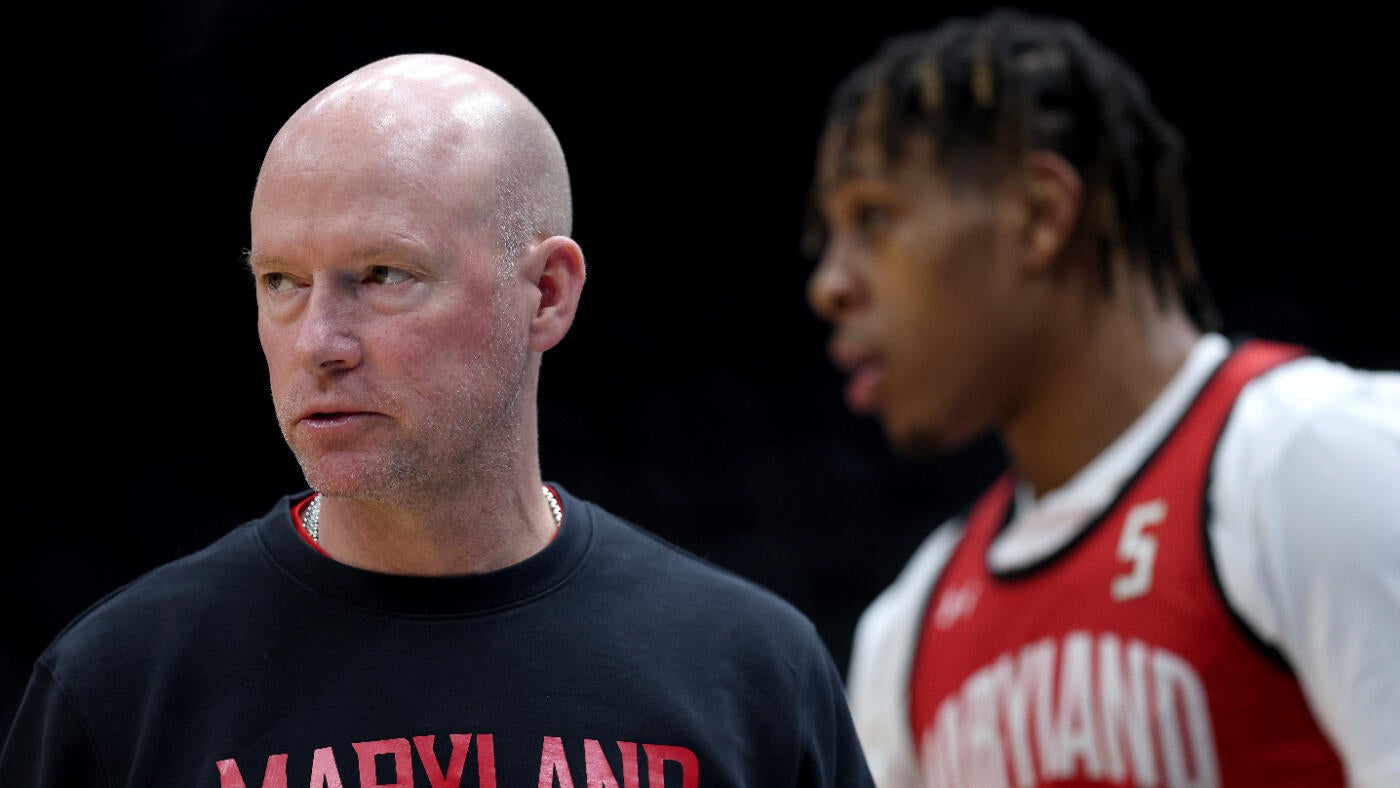
The advantage the Big East appears to possess in the revenue share game, with multiple schools expected to spend upwards of $10 million between NIL and revenue share, has already evoked frustration from football-playing conferences who want to compete at the highest levels in other sports. The SEC, amidst a basketball renaissance with 14 teams in the NCAA Tournament and two in this weekend's Final Four, has perhaps the most to lose. Its schools cannot afford to devote major sums of that $20.5 million sum away from their football program.
In the last decade, the SEC schools smartly started deploying football profits to better their basketball programs. Schools like Alabama and Auburn, which languished for years in the shadow of their football big brothers, both made their first Final Fours under their current coaches Nate Oats and Bruce Pearl, respectively. The SEC is guaranteed a participant in Monday's national championship game dependent on the winner of Florida-Auburn on Saturday night.
Can that be sustained in a world where schools like Villanova and St. John's could significantly outspend SEC schools more concerned with football?
"This is the top of the first inning as it relates to the rev-share world," South Carolina AD Jeremiah Donati told CBS Sports. "I don't know if there will be such a big discrepancy moving forward, if there will be caps within certain sports from a competitive equity standpoint. I know those are things everyone is kind of wondering."
Donati, who arrived at South Carolina from TCU in December, is in a fortuitous yet tricky spot himself. He has a football program that barely missed the College Football Playoff a year ago and needs to be fully funded. He has a men's basketball program that learned the hard way this past season what a lack of investment can do with the Gamecocks possessing the lowest NIL number in the league and being one of only two SEC schools to miss the tournament. And he has the best women's basketball program in the country, the winner of two of the last three national championships — and, according to the spreadsheets, one that loses $5 million annually.
"It's a zero-sum, and not everyone is going to be happy," Donati admits. "I've been very candid with our coaches that it starts with football. It starts with football at this level, it starts with football in the SEC and it's going to start with football at South Carolina. It is not possible in this era to keep all your coaches perfectly happy within the parameters of the rev share.
"Rather than try to accomplish that, I think any athletic director who is really being honest with themselves a better goal to strive for is to keep your coaches content and as competitive as possible."
***
Dawn Staley is a larger-than-life figure at South Carolina.
Staley arrived at the school in 2008 and has turned it into the preeminent women's college basketball powerhouse. She's the only person to win the Naismith Award as a player and coach. She was the Olympic flag bearer in the 2004 Summer Games and coached the 2021 gold medalists. She's in her seventh Final Four this weekend. The Hall of Fame coach is the biggest celebrity on campus.
"There's a lot of recruits that come in here and they want to meet Dawn Staley," South Carolina football coach Shane Beamer told CBS Sports. "Literally, she's never told us no.
"We had a prospect here on Monday morning that she met with getting ready for an NCAA Tournament game (that) week and she spent a lot of time with him. The recruit was blown away by her because he's like 'I was talking to Dawn Staley and she was talking about pass rushers being able to bend off the edge.' She knows football and is super supportive of our program."
Staley knows what pays the bills at South Carolina. She's said repeatedly she understands football will get the bulk of the $20.5 million revenue share. She gets it.
But the headstrong former point guard is always going to fight for more resources for her wildly successful basketball program.
"I'm going to scream to the top of my lungs for more of the percentage from somewhere," Staley said on a "Carolina Calls" radio show earlier this year. "If it's football (gets) 75% then let's talk about the 25% and how that's divvied up, because we run a really good program, and we're fiscally responsible when it comes to all of that and we want to stay that way."
On that same radio show Staley said she heard the breakdown would be 75-15-5-5 where 75 percent goes to football, 15 percent to men's basketball, five percent to women's basketball and five percent to everything else, which would include a beloved baseball program that a decade ago won back-to-back College World Series but has fallen on hard times. The South Carolina women's coach said "we need to be a little more generous than five percent" for her program.
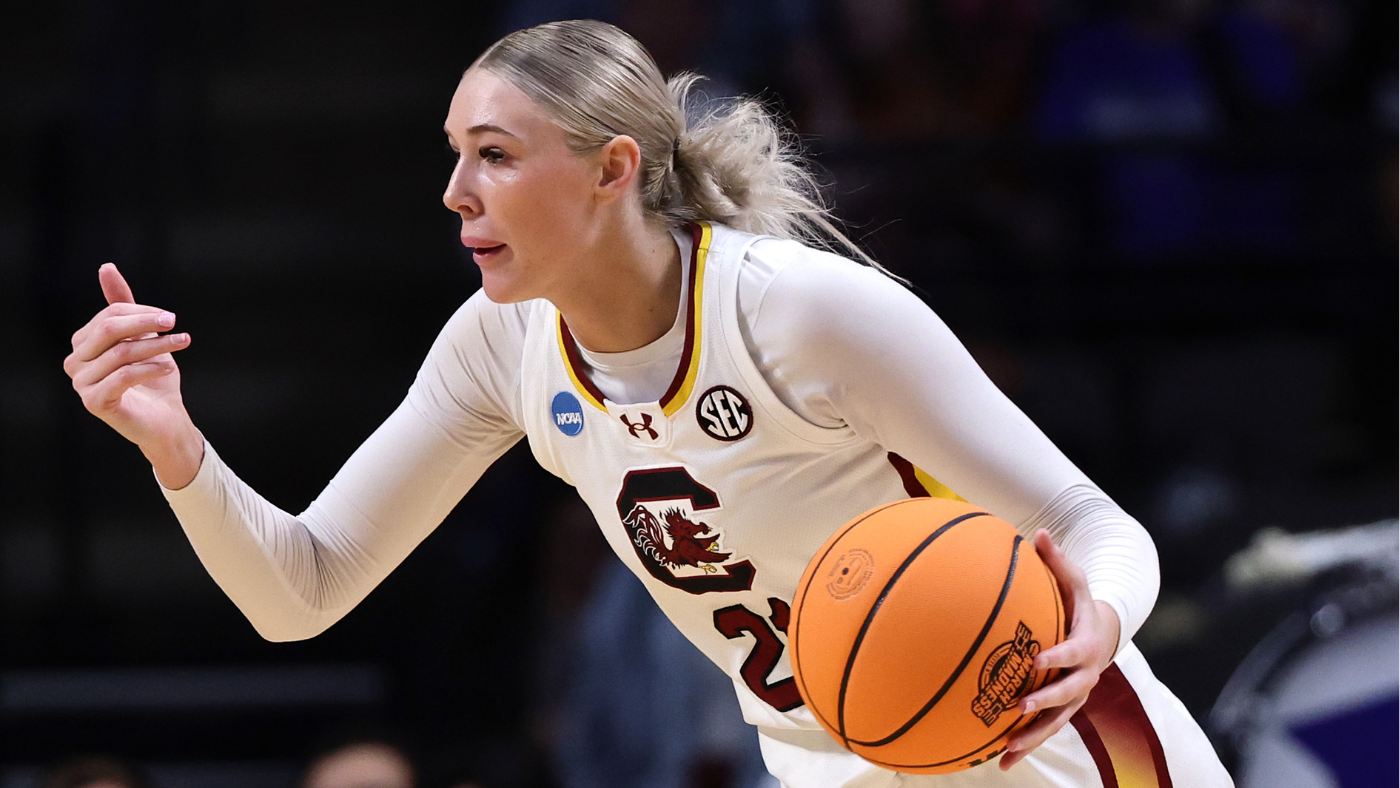
The challenging aspect is while Staley's basketball program is dominating on the court, it hasn't correlated to profits. South Carolina women's basketball has lost on average more than $5 million a year from 2017-2023, according to Sportico's College Finances database. It's not that the program doesn't generate revenue because it does — $5.049 million in 2023 fiscal year. It's that its expenses far outstrip revenue. The bulk of that is attributed to coaching salaries with Staley recently becoming the highest-paid coach in women's college basketball at $4 million annually.
This is not unusual in women's college sports as The Lincoln Journal Star previously reported that Nebraska's women's volleyball team was the only 'Power 6' women's sport to turn a profit in 2023. It does, however, prompt questions about whether ADs will devote significant revenue share resources to successful programs that are losing money.
Said Walz: "At what point does an AD say I'm already losing $5 million, why am I going to lose another $2 million?"
For the newly installed South Carolina AD, it's a delicate balance. He believes Staley is "one of one" and a beacon for top players, regardless of compensation, who want to play for the three-time national champion coach who he says transcends the sport. He doesn't want to do anything to disrupt the success she's having while recognizing managing expenses and generating revenue has never been more paramount. South Carolina ran 100 different distribution models, Donati said, and there wasn't a single one that would make everyone happy.
"We've got to strike a balance with getting (Dawn) in a position where she doesn't feel like she's taking a step back but also have to support the men's basketball program where we love our coach and feel like he deserves more resources and needs more resources," Donati said. "It's a balancing act of keeping them all as content as possible and giving them an avenue to be competitive because we want to win in all those sports."
Knowing the limitations of the revenue share model, Donati and his team recently worked hard to raise NIL money for the men's basketball program that finished dead-last in the SEC with a 12-20 (2-16) record. A year removed from an NCAA Tournament appearance, the program cratered as other SEC programs wildly outspent it for top talent. "We did feel like we weren't in a good enough position from a purely NIL standpoint so we really got to work, we made a commitment to help him, and we did," Donati says.
The work has paid off: South Carolina has the No. 5 transfer portal class in the country, according to 247Sports, headlined by former Gamecock guard Meechie Johnson Jr. returning to Columbia after a stint at Ohio State.
***
Ahead of Judge Claudia Wilken's expected approval of the House settlement, there has been a mad rush to unload as much NIL money as possible before it is subject to a third-party fair market value review.
The implementation of that, assuming it is actually enforceable, would likely eliminate the multi-million dollar NIL deals that are truly just pay-for-play. The combination of NIL money with the expected revenue share money has sent player compensation through the roof across all the major revenue sports. In college football, as CBS Sports detailed in December, that has meant the debut of quarterbacks making $4 million or more in annual compensation — at Duke, of all places.
College basketball has experienced a similar spike. It has become more and more common for all-conference level players to demand upwards of $2 million, some even more than $3 million, according to multiple industry sources. South Carolina men's basketball coach Lamont Paris recently said a fellow SEC school offered Gamecocks guard Collin Murray-Boyles $2.5 million to transfer there.
The numbers in women's basketball haven't reached those heights, but in context might be even more extreme. Top-end women's players are now asking for $400,000 to $600,000, according to Walz. For context's sake, $600,000 would be six times as much as the No. 1 overall pick in the WNBA Draft would make on her fourth year in the league. The highest-paid player in the WNBA this year, Indiana Fever guard Kelsey Mitchell, makes $249,244.
The ability to make considerably more in college could be why Notre Dame guard Olivia Miles, projected to be the No. 2 pick in a recent CBS Sports mock draft, decided to return for another season and hit the transfer portal.
"To think that college players in women's basketball are getting twice as much as the 'max salary' in the WNBA for the best players it's something else," Walz says.

The Louisville women's basketball coach says most of his peers at the highest level are hoping for in the $1 million revenue share range, but that not all of them will be getting it. For some, that number could be closer to half that.
"Women's basketball coaches are really finding out where they rank at these football schools," said an industry source familiar with many schools' revenue share plans. "Just not enough rev share money when football deserves about 90 percent."
Walz is under no illusions of where the majority of the money at Louisville will go. He knows how critical both football and men's basketball are to the bottom line and how both have, in many ways, funded the success of his program. Louisville is spending big money on its men's basketball program and currently has the top-ranked portal class in the country. The Cardinals already have three of the top 15 transfer players, according to 247Sports' transfer rankings.
"I don't need a dollar for dollar, I just want the same experiences," Walz says. "If the men's players can go to the best steakhouses in Louisville, I want to be able to take mine there. I've been fortunate that I've had ADs who appreciate that and want that for our players, but now you're getting to a point of OK you're paying a kid $200,000. The money has to come from somewhere and some things have to get cut."
No matter what an AD decides to do, there will be ramifications. Some programs will flourish while others will face budget cuts and suffer accordingly. Coaches will be mad at not getting a big enough revenue share and seek opportunities elsewhere as is already starting to happen. The House settlement hasn't even been approved and ADs are already using it as a key piece in their recruiting pitches to entice a coach to take their open job. If it's not already, it'll soon be the second-most important negotiating piece of coaching contracts behind only compensation.
Frustration is already building for coaches upset over the amount they are getting in rev-share. Even the victors of the spoils know the money comes with expectations.
"There's the pressure of realizing we are getting more because football drives the athletic department, not just at South Carolina but anywhere," Beamer says. "So there's the pressure of we better win not just for our jobs but for this university and the athletic department."
![[object Object] Logo](https://sportshub.cbsistatic.com/i/2020/04/22/e9ceb731-8b3f-4c60-98fe-090ab66a2997/screen-shot-2020-04-22-at-11-04-56-am.png)










